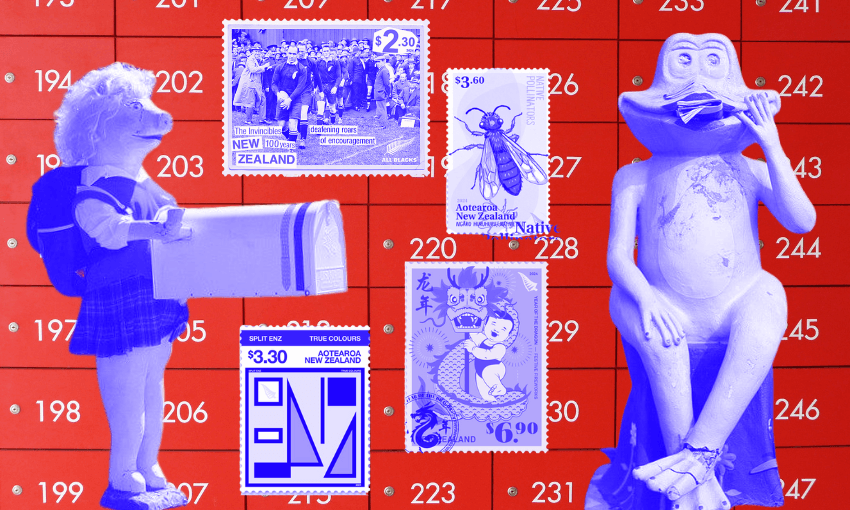The mummy is a desiccated creature with a fish-like tail and fins on the lower part of the torso, and a human head and hands raised to the face on the upper part
Researchers at Kurashiki University of Science and Arts have solved the mystery of a “mermaid” kept in a Buddhist temple, the institution said on its website.
The mummy is a desiccated creature with a fish-like tail and fins on the lower part of the torso, and a human head and hands raised to the face on the upper part.
The research, with the permission of the Kan’enji Enjin Shrine, has been conducted since February last year, using X-ray examination, computed tomography, DNA analysis, electron microscopy and the carbon analysis method.
The tail of the “mermaid” was found to be part of a humpback fish, the arms, shoulders and face were covered with the skin of a puffer fish called fugu, and the inside of the torso and head were stuffed with cotton and paper.
The photos clearly show that there is no semblance of a skull or skeleton in the upper part, unlike the lower part of the “mermaid”, where the fins and spine are clearly visible. The hair on the head belongs to a mammal, and the fingernails to an animal. The mummy is dated to the second half of the 19th century. There are metal pins in the head and bottom. So probably the “mermaid” was mummified by a human.
How the “mermaid” came to be in the temple is not known for certain, but from the preserved document it is clear that she was caught around 1736-1740 and sold to a certain Kojima in Osaka. In 1906, it was purchased by the Kojima family from Toyoshiro Komori.
Scientists claim that 13 such “mermaid” mummies are known so far, kept in Japan. They are primarily depicted in two poses – resembling Munch’s painting The Scream, such as the one under study, and lying on their stomachs. Information about mermaids has been found in Japan as early as the 17th century. Mummies of Japanese “mermaids” are also known to be kept in some European museums, notably the British Museum and the Ethnological Museum in Leiden, the Netherlands. Such research is being conducted for the first time.
Photo: https://twitter.com/Johnny_suputama/status/1623320602353233923/photo/1





















Discussion about this post